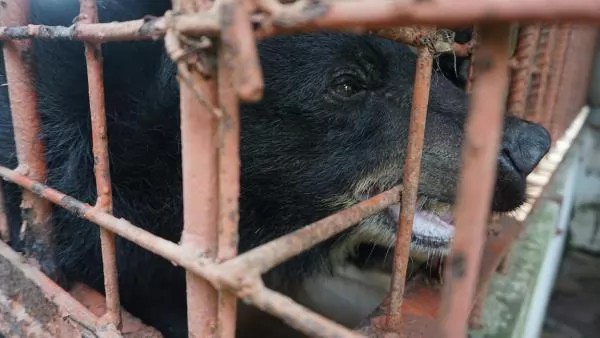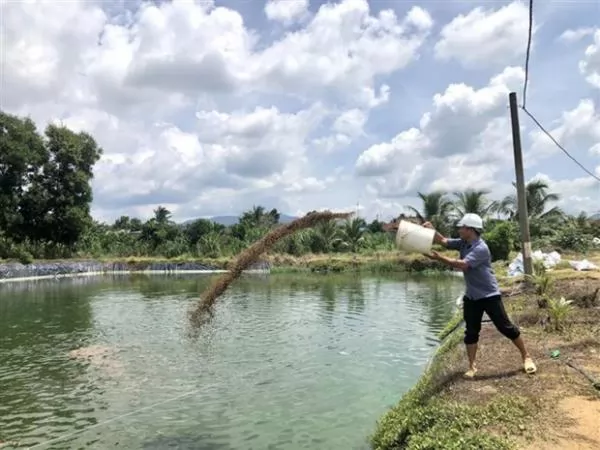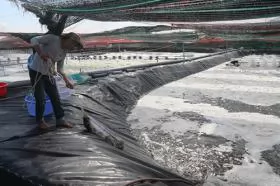Changes to ammonia emission factors for UK poultry farmers

The National Farmers Union has been actively involved in the review process to ensure the updated emission factors are both practical and evidence-based. Photo: Canva.
(VAN) Updated ammonia emission factors for UK poultry and pig producers have been introduced by the Environment Agency.
The changes, informed by recent scientific research, are vital for pollution reporting and permitting processes and aim to bring the emission factors in line with modern practices, aiding compliance with environmental standards.
Reflect current livestock systems
Ammonia emissions are primarily estimated using emission factors, but many of these factors are based on studies conducted more than 2 decades ago. The new updated emission factors are meant to reflect current livestock systems and account for mitigation methods and advancements in nutrition and genetics.
The updated figures are essential for permitted poultry and pig farms in several contexts:
Pollution inventory reporting – used to quantify emissions for reporting purposes.
Permitting processes – applied during the permitting process to assess the environmental impact of emissions on nearby protected nature sites.
Compliance assessment – ensures farms meet best available techniques associated emission levels (BAT-AELs), as required for permitted operations.
The National Farmers’ Union said the updated emission factors are based on a comprehensive data review commissioned by the Environment Agency and conducted by ADAS and Rothamsted Research.
Farmers submitting permit or variation applications should now refer to these revised figures, which can be found here.
‘Practical and evidence-based’
The union has been actively involved in the review process to ensure the updated emission factors are both practical and evidence-based. It sought input from the NFU Poultry Board on draft emission factors and engaged with producers to gather feedback, identifying concerns or queries.
“We also highlighted technical issues, clarifying definitions of housing types, and ensuring justifications for changes in emission factors were transparent,” said the NFU.
The new factors should be used for pollution inventory reporting when the reporting window opens in January 2025. It is hoped that the factors will not only aid in compliance but also provide a more accurate representation of emissions reflecting the improvements in livestock practices and mitigation techniques.
H.D
Maybe you are interested

Tien Giang ends bear farming activities at private farms
NDO - Tien Giang Provincial Forest Protection Department transferred five bears that were held in captivity at a local farm in the province to the Bear Rescue Center in Tam Dao run by Animals Asia, on August 27, marking an end to the bear farming activities at private farms in...

High-tech shrimp breeding yields high profits
BÀ RỊA-VŨNG TÀU — More farmers, co-operatives and companies in the southern province of Bà Rịa-Vũng Tàu are seeing much higher profits by using advanced farming techniques to breed shrimp.

Bà Rịa - Vũng Tàu farmers on expansion path
BÀ RỊA - VŨNG TÀU - Farmers in the southern province of Bà Rịa - Vũng Tàu are expanding their lands to either grow crops or breed livestock on a larger scale since incomes from farming are rising steadily.





